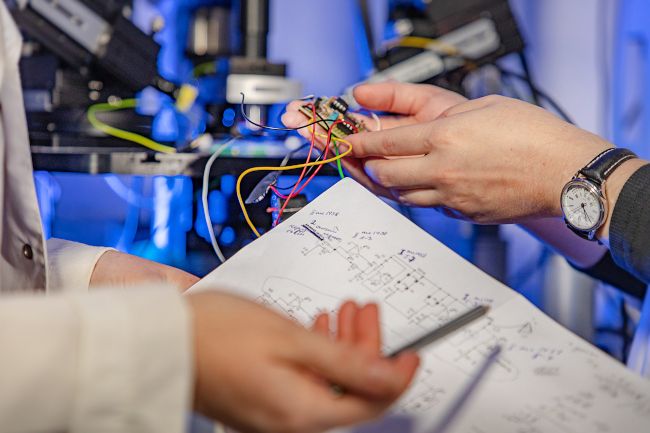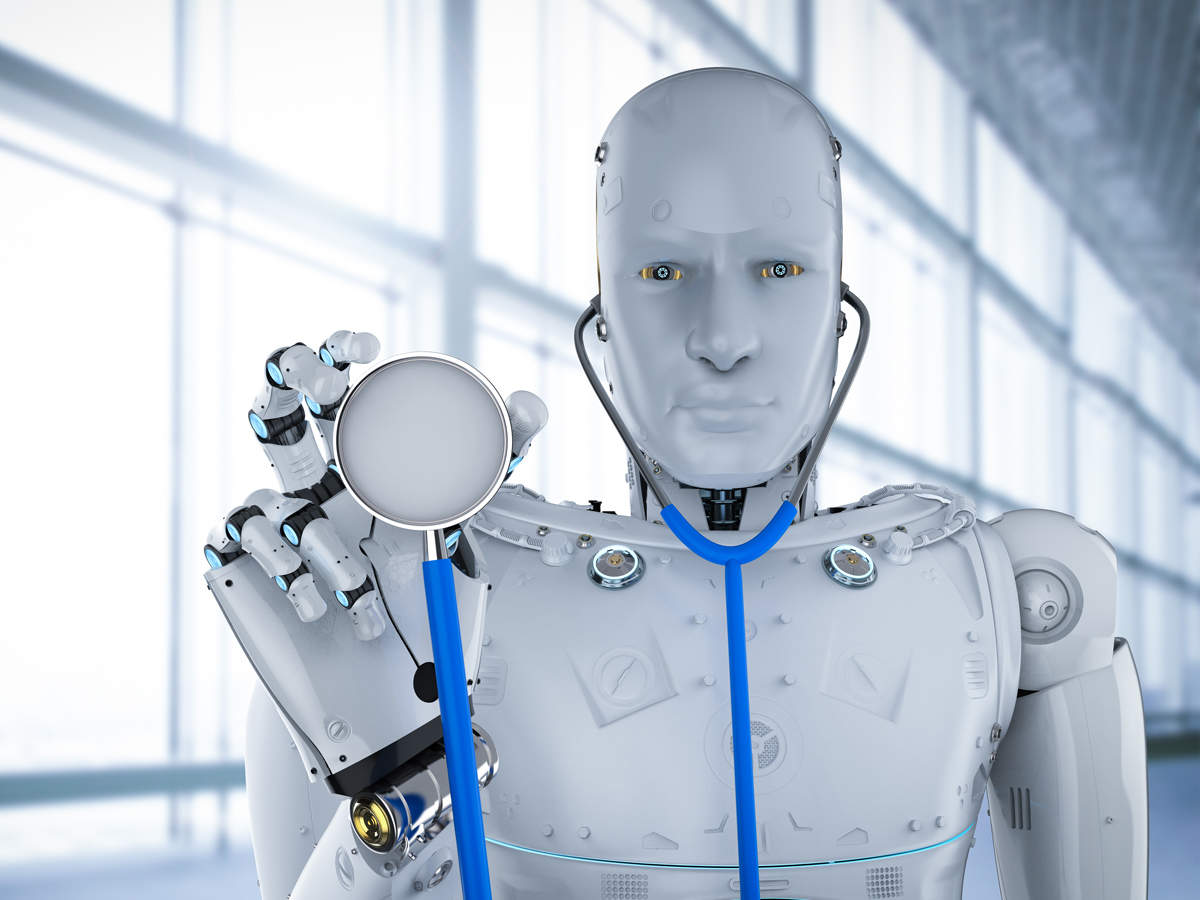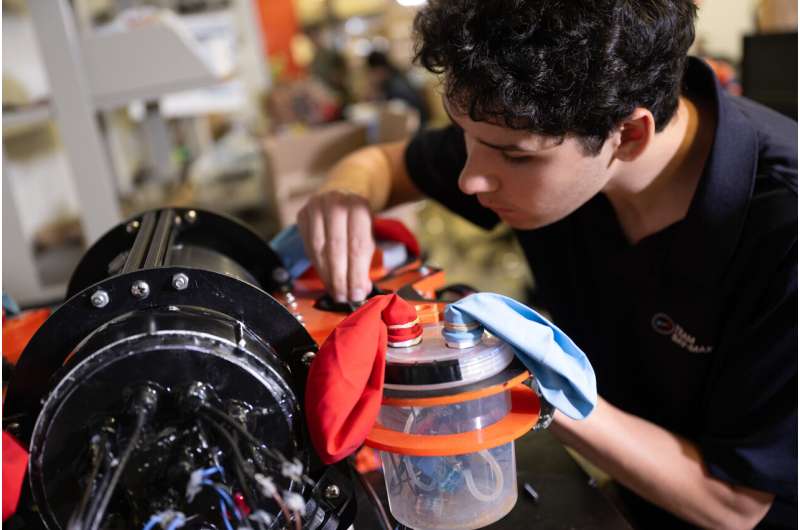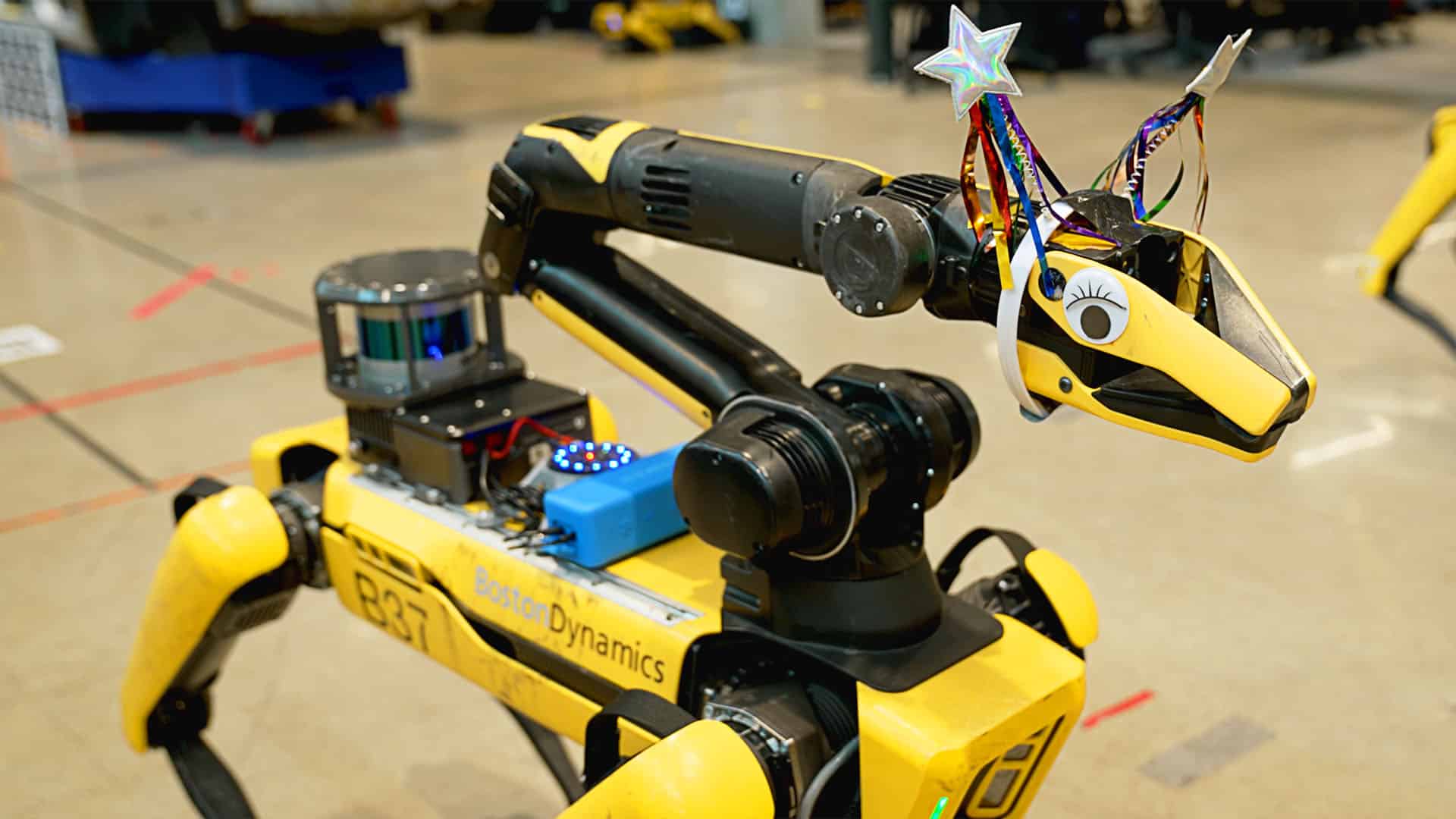Scientists at Russia's Lobachevsky University connected an artificial neuron circuit to a mouse hippocampus, making the first living neural network-hardware hybrid. The electrical signals stimulated real neurons to control the generator's activity.
This demonstrates a brain structure extending its function via an artificial extension. It represents major progress towards brain-machine interfaces and neuroprosthetics to repair injuries.
Replacing hippocampus sections with silicon neurons could not only restore function but enhance memory and learning. It opens doors for "neuro-hybrid" technologies.
The generator shifted from excitable to oscillatory modes, essentially becoming part of the neural network's rhythm. This breakthrough synchronization paves the way for neuromorphic devices.
Potential applications include developing smart adaptive robots and revolutionary treatments for neurological conditions like epilepsy. The techniques could suppress abnormal neuron firing.
The team is also exploring artificial synapses called memristors to emulate natural synaptic plasticity. This could enable adaptive retraining of neuroprosthetics to replace damaged areas.
The research was conducted under Russia's Priority 2030 program and with Ministry of Science grants. It positions Russia at the forefront of neurotechnology and bioelectronic medicine through physics-based neural interfaces.
Synchronizing biological and artificial networks is a pivotal step in unlocking the promise of advanced neural prosthetics. Lobachevsky's breakthrough demonstrates Russia's drive to lead this transformative domain globally.
According to scientists, in the future, the development can be used to normalize the work of the brain with epilepsy.
"If in the experiment it is possible to suppress abnormal flashes of activity of hippocampal neurons with the help of pulse generators, this will open the way to the creation of neuroprostheses for the treatment of patients with epilepsy," Albina Lebedeva said.
"Today at UNN, scientists are simultaneously developing several types of neuromorphic devices to replace damaged areas of the brain. One of the promising areas is neuroprostheses based on memristors, special microelectronic elements, which today are called "artificial synapses". With their help, it is possible to simulate the synaptic plasticity of the human brain in a neuromorphic device, making the neuroprosthesis adaptive and retrained.


















